It all started because a little boy raised his hand to answer this question: What do you want to ask Santa for this year?
His answer, born of need free from stigma, was simple. Food.
“We knew that we were working with kids and families who were struggling in many ways,” said Julia Simmons, president of Denver-based Amp the Cause. “But to have a child put the need so clearly and simply, you can’t look away from that.”
The annual Amp the Cause event Holidays for Kids had forced to the forefront hunger in a way that no one could ignore. Out of that moment, Fill the Void was ultimately created. Today, that program has served over 2,500 families and provided more than half a million dollars in grocery cards to King Soopers, Safeway and Walmart.
The Amp the Cause model at its core connects corporations looking to contribute financially and with volunteer time in direct service to families that need support. The model relies on community and neighborhood-based partners to reach out directly and learn what families are in need and how they can best be supported. It’s a charity model that starts with the need first and then builds out a support network to fill it.
For Fill the Void, the answer was clear. Community members needed better access to food. That first young boy who raised his hand led to help for 100 families in his elementary school who could use grocery cards to help them through the holiday season when school lunches weren’t available. Before the organization could even assess the success of that effort, COVID hit with force.
“We knew we had to act quickly. Like everyone else, we knew it was an all-hands-on deck moment that had to be met,” Simmons said. “So we tapped into our existing relationships.”
Community partners at Denver Public Schools and Aurora Public Schools identified families facing extreme food insecurity and grocery cards went out. The Colorado Department of Human Services helped identify families who might be stuck in a service gap between the time they applied for SNAP or WIC and the time they were approved. Grocery cards went out to them as well. The Denver Police Department began helping to identify families their community patrol officers believed were in critical need. And Denver Health providers stepped up their diagnosis of food insecurity as they saw patients in clinics.
The Fill the Void program has only been around officially for one year, but it has far exceeded expectations both in successful outreach as well as ongoing need. As a frame of reference, the initial outreach goal was 1,200 families, which Amp the Cause more than doubled in those 12 months.
Simmons credits the long term partnerships Amp the Cause had with community partners with making the initial efforts to stem the tide of food insecurity successful.
“We were lucky to be a 16-year-old organization that was in a place where we could take on an expansion like this because of the relationships we’ve built and the ones we were able to grow in,” Simmons said. “The need doesn’t go away and the long term solutions we hope to see don’t fix the now and the month from now. We can keep filling that void.“


